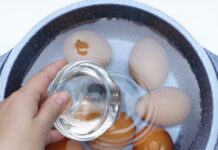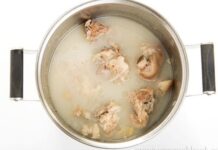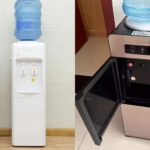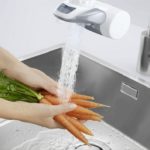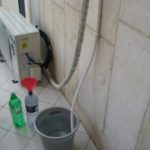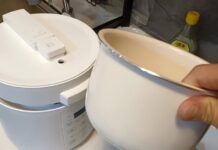In the past, when decorating a living room or an office space, people would place a water dispenser with an upside-down bottle on top in the empty space. This appliance uses a source of clean water to convert it into hot and cold water, stored in two separate tanks. The hot and cold water is then dispensed through two separate faucets.
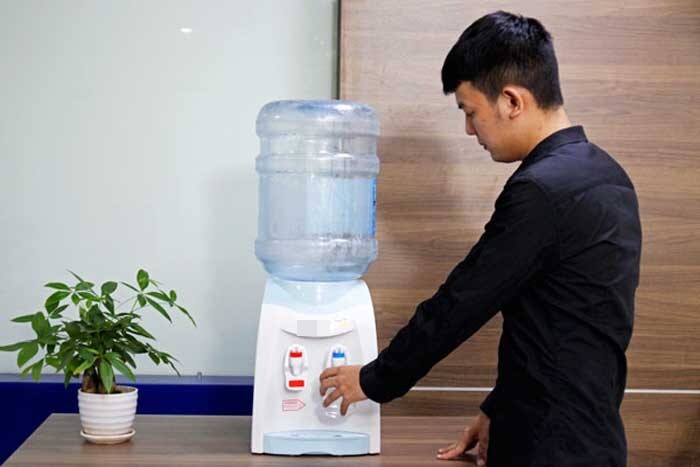
Thanks to its ability to quickly provide hot and cold water and store it in separate tanks, the water dispenser can meet the needs of users for drinking water, making tea, cooking noodles, etc. It helps to save time optimally by eliminating the need for making ice or boiling water.
The water dispenser also integrates many functions to ensure the safety of users during the usage process, such as automatic shut-off when the water reaches the desired temperature, overload protection, and a child safety lock for the hot water faucet. In addition, modern products also have a cold storage compartment to keep water or fruit chilled.
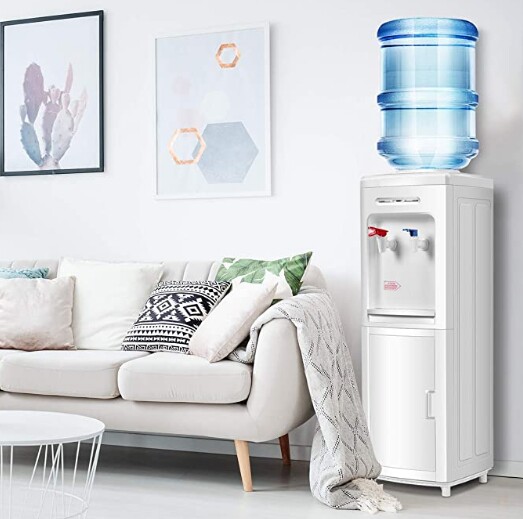
Despite meeting our water needs, with the development of the times, this appliance has gradually been phased out and put on the “blacklist” due to the following three drawbacks:
1. Unignorable Health Issues
As bottled water comes into contact with air after opening, it is prone to bacterial and microbial growth.
While the dispenser usually has some filtration levels, over time, dust and bacteria can accumulate in the internal pipes.
According to research, the bacterial content in water dispensers that are not cleaned regularly can far exceed safety standards.
For example, in some offices, due to frequent use and lack of maintenance, algae and foul odors can even appear inside the dispenser, seriously affecting water quality and safety.

2. Higher Costs
Buying bottled water itself incurs a certain cost, and as consumption increases, so does the cost.
Moreover, the transportation and replacement of bottled water also require labor costs. Especially in some remote geographical areas, transportation costs can be significantly higher.
Additionally, if the dispenser breaks down and needs repair, there will be additional expenses. This is why many people have put water dispensers on their blacklist.

3. Not Environmentally Friendly
The water bottles commonly used are made of plastic. The production and disposal of these plastic bottles put a strain on the environment. On the one hand, the production of plastic bottles consumes a large amount of resources, and on the other hand, if the plastic bottles are not disposed of properly, they can cause long-term pollution to the soil and water.
Due to the above drawbacks, water dispensers are gradually being phased out. Instead, many people have switched to using water purifiers connected to pre-installed pipes in the house, which can quickly provide drinking water without the need for water bottles.
This equipment can also supply water at various temperatures to meet different needs.
Don’t Throw ‘This’ in the Trash to Avoid Danger to Your Family
Introducing a Hazardous Habit: Why Throwing Away Batteries is a Dangerous Practice
It’s time to break free from a harmful habit. Many of us are guilty of tossing used-up batteries into the trash without a second thought. But this seemingly innocent action hides a dark secret – it’s a dangerous practice that can lead to unforeseen consequences. It’s time to uncover the truth and understand why throwing away batteries is a hazardous habit that needs to be kicked to the curb.












